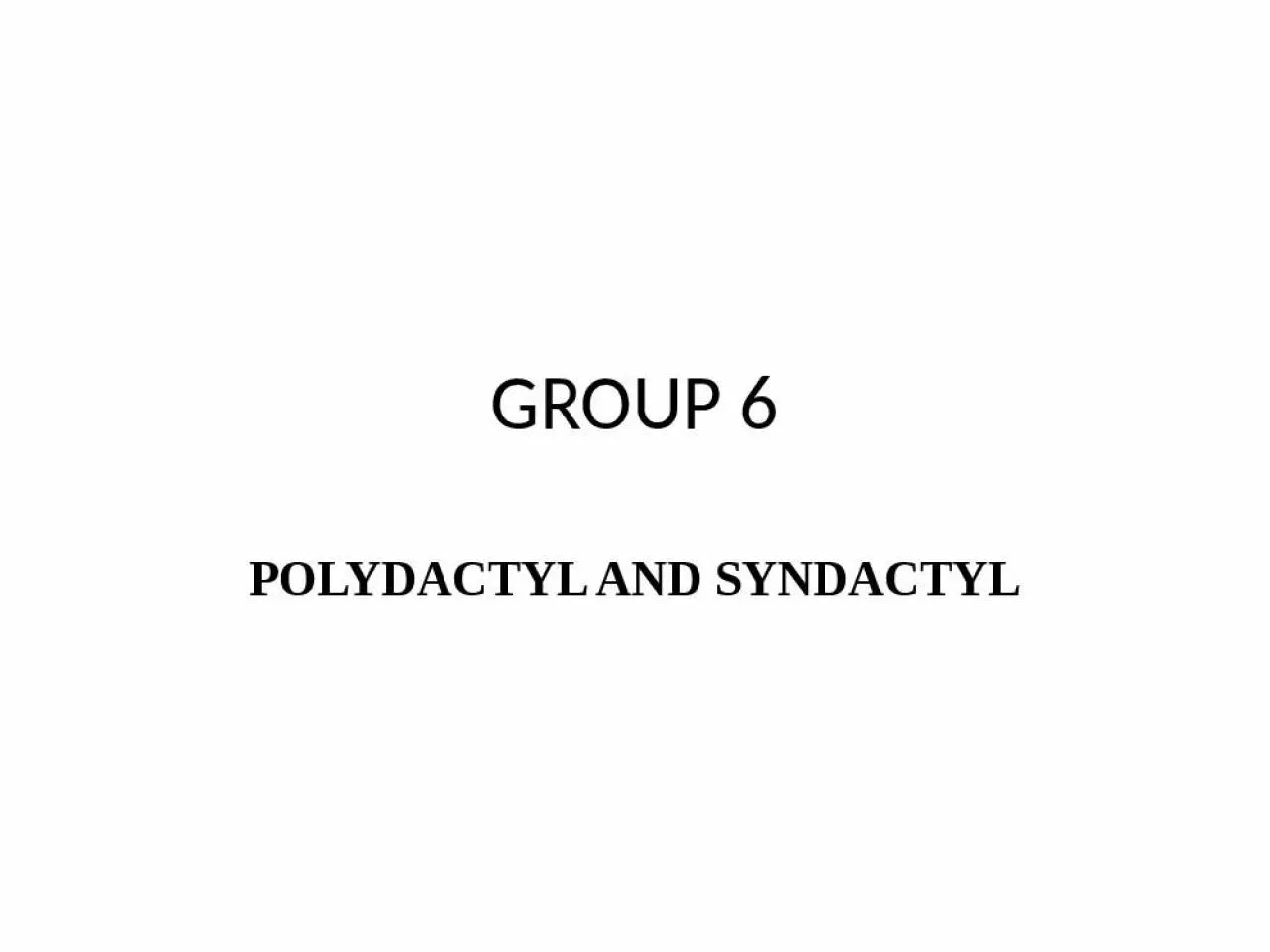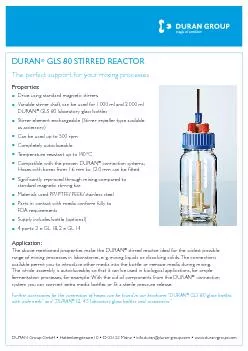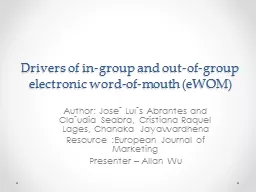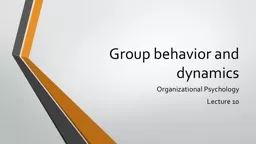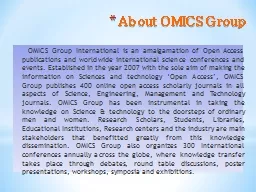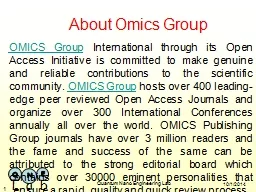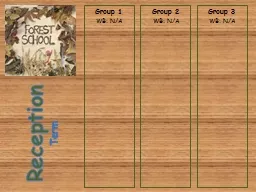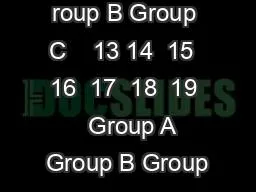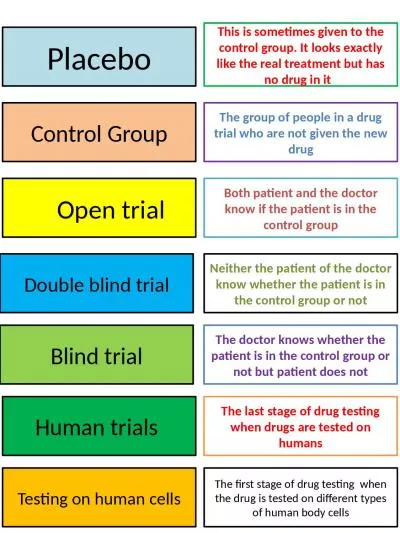PPT-GROUP 6 POLYDACTYL AND SYNDACTYL
Author : walsh | Published Date : 2022-05-18
GROUP MEMBERS OGUNNIYI OLUWATOYIN 17MHS02111 OLALERE FATIMAH 17MHS02113 SANI RIHANAT 17MHS02114
Presentation Embed Code
Download Presentation
Download Presentation The PPT/PDF document "GROUP 6 POLYDACTYL AND SYNDACTYL" is the property of its rightful owner. Permission is granted to download and print the materials on this website for personal, non-commercial use only, and to display it on your personal computer provided you do not modify the materials and that you retain all copyright notices contained in the materials. By downloading content from our website, you accept the terms of this agreement.
GROUP 6 POLYDACTYL AND SYNDACTYL: Transcript
Download Rules Of Document
"GROUP 6 POLYDACTYL AND SYNDACTYL"The content belongs to its owner. You may download and print it for personal use, without modification, and keep all copyright notices. By downloading, you agree to these terms.
Related Documents

